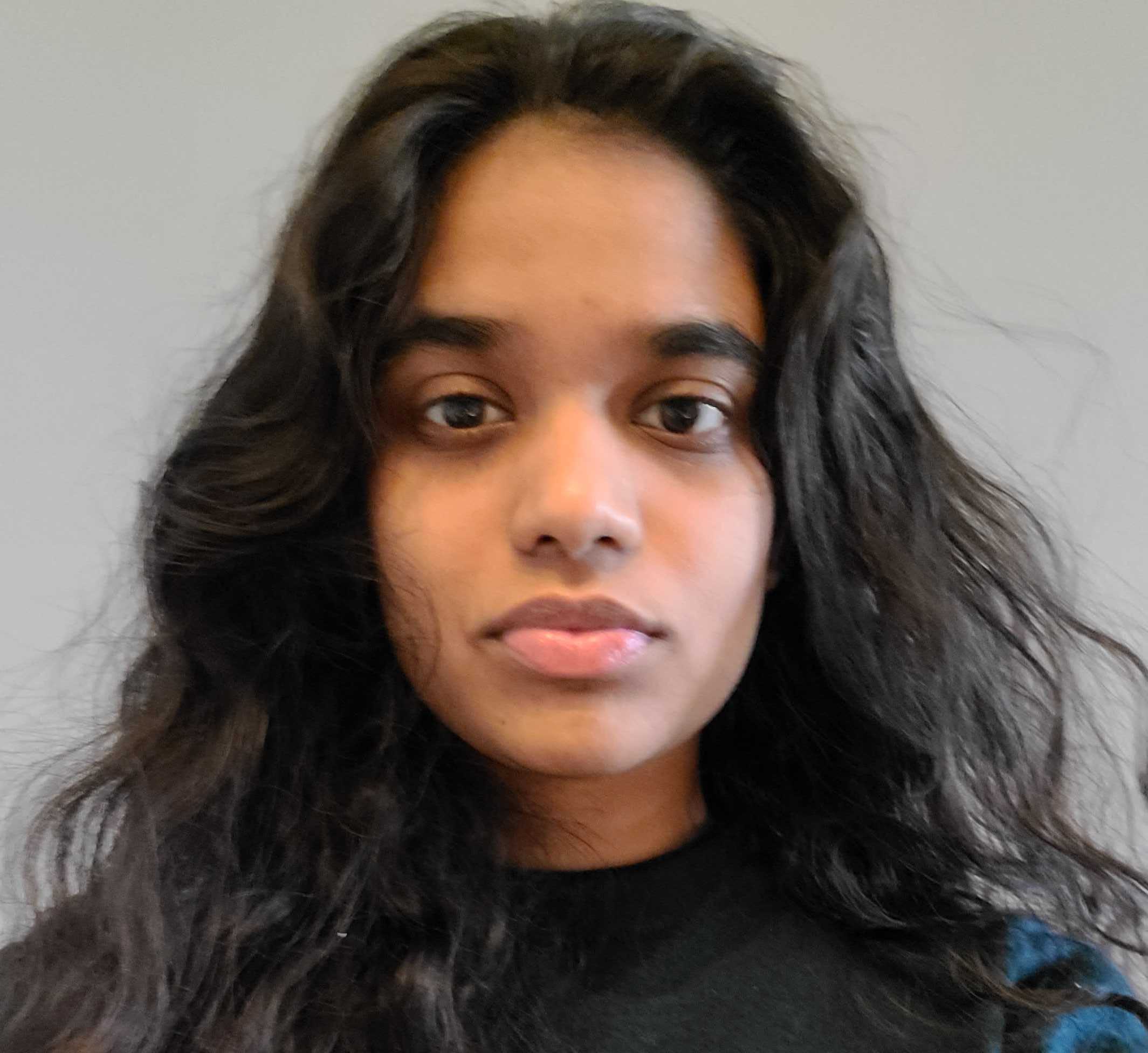How to spot a bisexual

Vaishnavy Pulipunan
Beyond Bullying Project
Research Assistant
No, I’m asking, how?
Every year, come September, the queer discussion groups I take part in make it a point to devote a meeting to Bi+ Visibility Day. I’ve found that across these various meetings, the discussion is almost always dominated by the topic of bisexual erasure, that despite comprising the majority of queer-identified individuals, there is a tendency to marginalize bisexuality by spreading misinformation or outright ignoring its existence even in LGBTQ+ circles. We come back, again and again to kvetching about being stereotyped as promiscuous or confused. Someone might occasionally interject, “Did you know that such-and-such celebrity isn’t gay/straight? It’s a common misconception, but they’re actually bi…”
I can’t help but feel a little disappointed and misled by this discourse. I’m told that Bi+ Visibility Day is also known as Celebrate Bisexuality Day, but there seems to be little celebration to be had. It’s as if the conversation begins and ends with combatting negative perceptions from straight people and queer people alike, as if we can only be understood as neither homosexual nor heterosexual, with no distinct identity of our own. I would much rather spend the time discussing our culture, if such a thing could exist, benign stereotypes and fashion. Where is our answer to “The Dinah” or Drag Race? Do we need one at all?
It bothered me that I couldn’t conceive of an archetypical bisexual the way I could for gays and lesbians. I recognize that that is an odd thing to desire in the first place. The last thing any of us should want are rigid norms to conform to, flying in the face of queerness itself. Still, it cannot be denied that there are certain comforts that come from wearing a uniform, a feeling of affirmation and community. I wanted a sign that I could look for in others, a sign I could sport myself.
While I found no such thing attending discussion groups, I found that spaces on the internet tackled this very subject frequently. Communities on Reddit and Tumblr were plastered with “starter packs” declaring all manner of things bisexual culture. Supposedly, we are known for baring our ankles in some form by wearing cuffed or cropped jeans and owning an inordinate number of jackets and canvas sneakers. Fashion aside, bisexuals can’t sit straight in a chair nor communicate without using hand gestures (peace signs, finger guns, thumbs up, etc.).
There was an initial pleasant surprise to find that most of these resonate, followed ultimately by the understanding that that likely has more to do with my being an awkward teenager than anything else. And these internet communities are not without some general acknowledgement that these observations are silly in-jokes that point to nothing more. But beneath that there seems to be a real need to be seen –to be seen as something other than an uncomfortable, dirty secret. Because save for announcing it outright or being seen dating men and women at once, how else would we signal our sexuality. How else do we become, literally, visible?
So I cuff my jeans and pin a tricolour to canvas sneakers because, for now, we are what we wear.
Photo by Devin Avery on Unsplash
